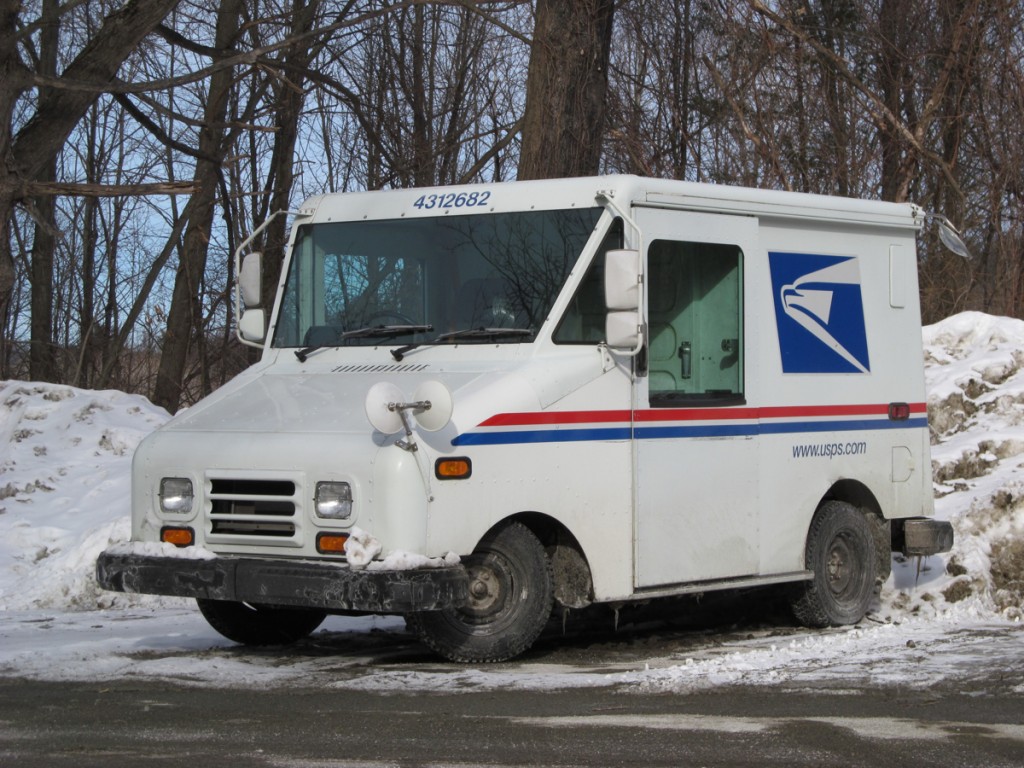The White House and Environmental Protection Agency (EPA) on Wednesday urged the United States Postal Service (USPS) to reconsider its plan to purchase primarily gasoline vehicles for its next-generation mail truck fleet.
The EPA sent a letter to the USPS Wednesday calling for another hearing to review a 10-year contract with defense contractor Oshkosh Corp. for the new vehicles. Announced in February 2021, the contract could be worth $6 billion if Oshkosh is retained to build a proposed 165,000 vehicles.
When the contract was announced, the USPS said 9 out of 10 new mail trucks would have tailpipes, but claimed more vehicles could be converted to electric power at a later date.

USPS Next Generation Delivery Vehicle - Oshkosh Defense
"The Environmental Protection Agency (EPA) has communicated grave concerns with the adequacy of the environmental review that the USPS has conducted to date," White House Council on Environmental Quality Chair Brenda Mallory said in a separate letter.
Mallory called the original environmental review for the program "flawed," noting that the USPS to $482 million to finalize the design of the next-generation postal vehicle before completing the review.
The USPS said in a statement to Reuters that it would review the EPA's concerns, but believes adding more electric vehicles would be too costly.

U.S. Postal Service Grumman
"While we can understand why some who are not responsible for the financial sustainability of the Postal Service might prefer that we acquire more electric vehicles, the law requires us to be self-sufficient," the USPS said, adding that it would consider "accelerating the pace of electrification if it wasn't "financially detrimental" to the postal service.
The Zero Emission Transportation Agency (ZETA), which represents electric vehicle makers, battery companies, charging networks, and EV hardware makers, claims some of the USPS’ cost concerns are overblown.
The USPS claims EVs would have a higher total cost of ownership, ZETA said, but the group cited independent analysis showing that full electrification could save the USPS $4.3 billion, and that electrifying 97% of the fleet could be done at a lower total cost than comparable new internal-combustion vehicles.

USPS Next Generation Delivery Vehicle - Oshkosh Defense
This fits with 2021 analysis claiming that shifting most of the federal fleet to EVs could save U.S. taxpayers $4.6 billion by 2030. That analysis didn’t include the USPS mail-delivery fleet, but researchers said it would be well-suited to electrification because mail trucks operate on predictable routes that don’t take them far from central depots.
Congress has also tried to get the USPS to add more EVs. A proposal to mandate an all-electric fleet was floated in March 2021, and similar language was initially attached to a May 2021 spending bill.












